Applicant Tracking and Recruiting Software streamline hiring processes, helping businesses efficiently manage job postings, candidate tracking, and application workflows.
This software category focuses on providing tools to manage the recruitment lifecycle, from job postings to onboarding. The systems often include features like resume parsing, automated communication, interview scheduling, and analytics to improve decision-making. With real user insights, solutions are evaluated based on their user-friendly interfaces, integration capabilities with HR systems, and effectiveness in reducing time-to-hire.
Which critical features should you look for?Implementing Applicant Tracking and Recruiting Software in industries like technology, healthcare, and retail can address specific needs. For instance, tech companies may require robust resume parsing to manage a high volume of applications, whereas healthcare organizations benefit from compliance tracking features.
Applicant Tracking and Recruiting Software is helpful for organizations looking to streamline their hiring processes, reduce time and costs associated with recruitment, and enhance overall candidate and recruiter experiences.
| Product | Market Share (%) |
|---|---|
| Greenhouse | 6.3% |
| SmartRecruiters | 5.2% |
| Ashby | 5.1% |
| Other | 83.4% |



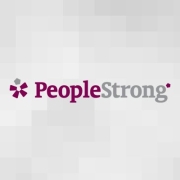


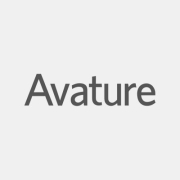
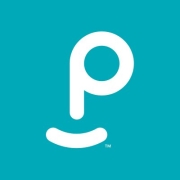
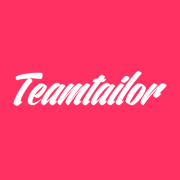
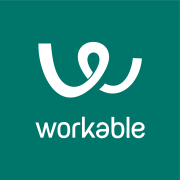

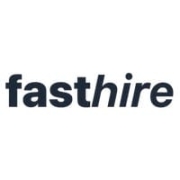
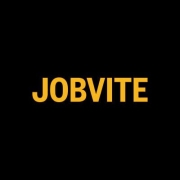
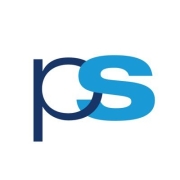
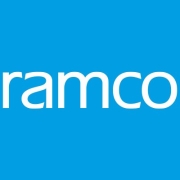

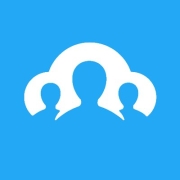
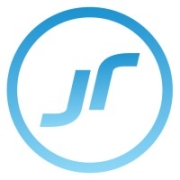
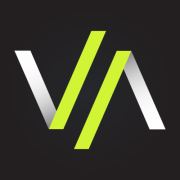
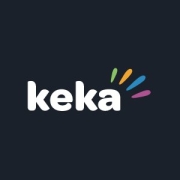


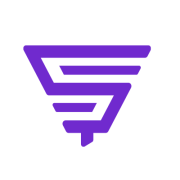
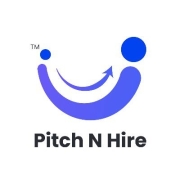
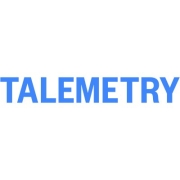
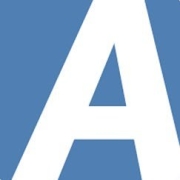
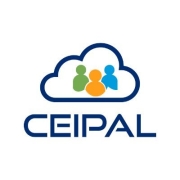


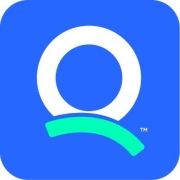


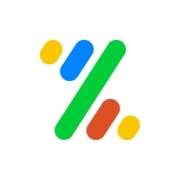
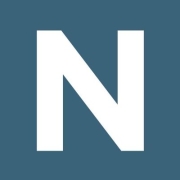
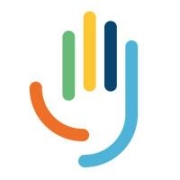

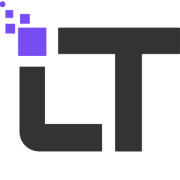
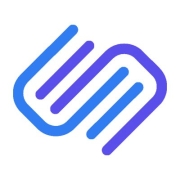
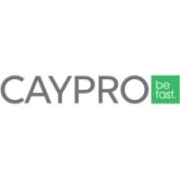
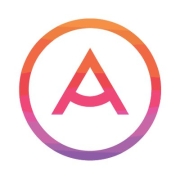


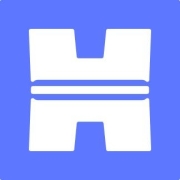
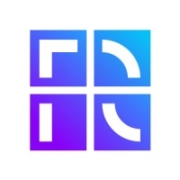
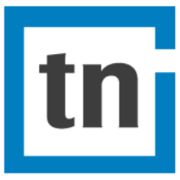


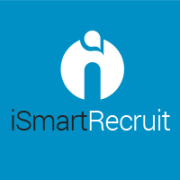
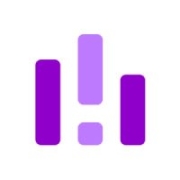
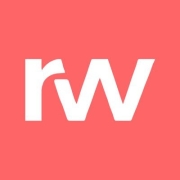

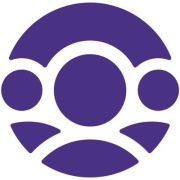
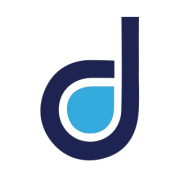
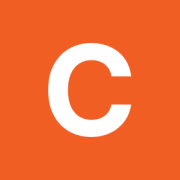


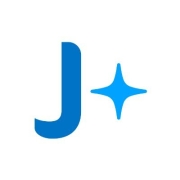
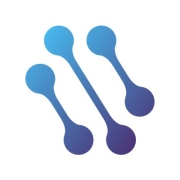
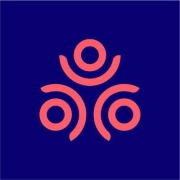
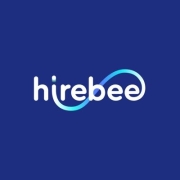

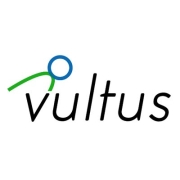


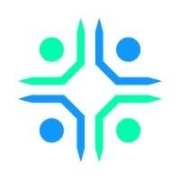

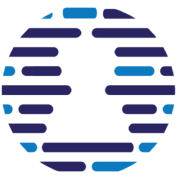

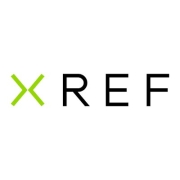


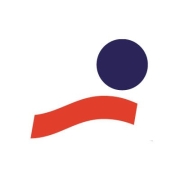



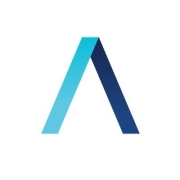

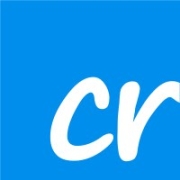



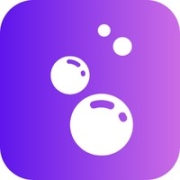
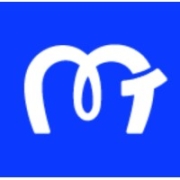
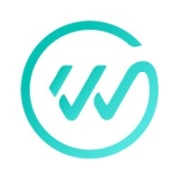





Applicant Tracking Systems have different features depending on whether their purpose is to streamline applicant screening, ranking, or communication. The following are some of the key components crucial to Applicant Tracking Software:
Career Page
One of the most valuable features of an Applicant Tracking System involves the integration of a career page, which attracts and engages more potential candidates. Not only that, but it also helps employers boost their brand image to job-seekers, who are likely to be customers of their products or services.
Job Posting Across Multiple Job Boards
ATS makes it possible for recruiters to post job vacancies across multiple platforms. Instead of focusing on a single channel, publishing job listings on a variety of job boards increases the chances for recruiters to find the right candidates. This kind of integration benefits not only employers but also job-seekers, who can conveniently apply for jobs almost exclusively on the internet using various applications.
User-Friendly and Mobile-Friendly Job Applications Forms
A majority of job hunters manage their job applications through their phones. This allows them the convenience and flexibility of accessing multiple job openings from wherever they may be. Recruiters and hiring managers can also make better use of their time by being able to see and respond to applications while on the go. This can streamline the hiring workflow, which ultimately saves money for the organization.
Automated Candidate Screening and Database Management
ATS saves recruiters a significant amount of time with automated candidate screening. Instead of manually going through each applicant one at a time, the system manages the entire database to screen the candidates, matching resume and CV data to the job requirements in order to find the most qualified candidate.
Automated Email Communication
Apart from sourcing and screening potential candidates, outreach is one of the most tedious portions of the recruitment process. Reaching out to each one of the potential candidates takes time and effort, but is essential to improving candidate experience. If recruiters handle thousands of applicants for multiple positions, it becomes nearly impossible for them to communicate with each one promptly. Applicant Tracking Systems allow you to send personalized mass emails to candidates throughout the recruitment stages. They have tools to help you create email templates for scheduling interviews, sending follow-ups, and more. In this way, candidates remain engaged and well-informed throughout the recruitment process.
Applicant Tracking Systems work by storing applicant data in a database for recruiters to manage. It parses the content of each resume into categories and scans it for keywords to determine which candidates are least qualified for the job, and removes those resumes from the pile so that recruiters don’t waste their time on them. Then the recruiters can access the CVs of the remaining candidates and reach out to all of them in one place. Hiring professionals can organize applicant data by sorting resumes and parsing them based on the job requirements, which streamlines the screening process.
Here are some of the most commonly used ATS systems:
Oracle Taleo is a cloud-based ATS that offers talent acquisition, development, and retention solutions. It provides seamless automation of the end-to-end recruitment process.
Oracle Taleo can be integrated with Google, Microsoft, and Yahoo to integrate communication tools. It also facilitates easy recruitment marketing across different job boards and social media platforms.
Many organizations favor this software because it provides a free demo option. If you are looking into availing of its services in full, it also offers three varying subscription plans.
Bullhorn is also a cloud-based ATS commonly implemented for efficient staffing and recruitment processes. It is mobile-friendly, allowing users to retrieve and manage applicant data anytime and anywhere and enabling recruiters to modify information in real time.
IBM Kenexa BrassRing is a cloud-based ATS solution that integrates excellent recruitment marketing while maintaining candidate experience. The software provides a plethora of recruitment features, including assessments, social media integration, and IBM Watson analytics.
The job searching landscape has evolved and job-seekers have to learn how to adapt to these changes. In order to stand out from a sea of candidates, here’s everything you need to know:
Resume Content Tips
First and foremost, you must tailor your resume to each position for which you apply. Emphasize relevant skills and experience for the job. You can incorporate the keywords and phrases written on the job description into your resume. This individualization increases the chances of ATS ranking your forms first. It is important to note that resumes and application forms get graded by keywords and how these are used in context. Make sure you are using correct grammar and that your content is precise and professionally-written.
Resume Formatting Tricks
Proper resume formatting is integral to having your CV detected by Applicant Tracking Systems. Do not use headers, footers, tables, templates, borders, or lines on your resume. Instead, utilize bullet points when describing your professional history. Fancy fonts, bright font colors, and icons also tend to score lower with ATS. Most hiring professionals advise job-seekers to submit their files in an MS Word or Google Doc format instead of a DF. More often than not, ATS cannot scan the content in PDF files.
Optimizing your resume is vital to increasing your chances of getting noticed by the system. It is quite similar to the process used to make website content SEO-friendly. ATS tends to reject applications that have poor formatting and lack keywords based on the job requirements. The system matches thousands of resumes to the job description to find which is the most relevant. Therefore, anticipating the potential keywords that will be used by recruiters can help you to get noticed. Use the job listing itself as your source material to tailor your resume.
Recruitment software helps small businesses access the top talent needed to fill their vacancies and monitor their applicants. Recruiting software lets them screen candidates, schedule interviews, run background checks, and more. Here, IT Central Station (soon to be Peerspot) members who work for small businesses talk about the recruitment software they use.
A global recruitment manager at a small nonprofit said that “we previously had a lot of problems with attracting enough candidates for our roles due to various reasons, but with SmartRecruiters, it made attraction significantly easier.” He added that “SmartRecruiters made it very easy for the managers and the candidates and everybody else that's involved in recruitment to actually use the system and to share feedback on candidates and share decisions, et cetera, as well.”
The best part about Ramco HCM, according to a business analyst at a small tech services company, is that “you don't need any customization and the interface is very good. It's user friendly, and it looks good. Their dashboard is one of the best dashboards that I have seen in my eight-year career.” He noted that Ramco HSM “is also very good at integrating with other systems.”
Regarding IBM Kenexa, a manager of human resources at a small nonprofit said “Overall, from a recruiter's perspective, it is an excellent product. It is probably one of the best recruitment products out there in terms of usability, ease of understanding, and management of large applicant pools.” He added that “as someone who trained other HR people on how to use the system, it was very easy to pick up and learn.”